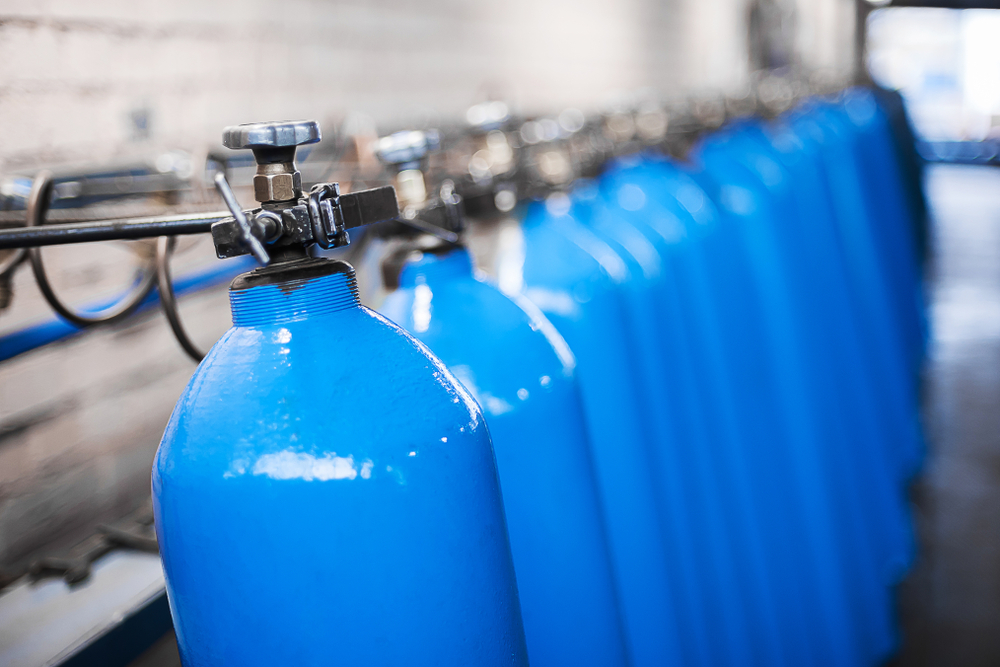
An ASX-listed Australian-based junior believes it may have come across one of the largest untapped green helium reserves in the world.
Earlier this month, Noble Helium Ltd confirmed that lab testing of the substance from the Mbelele prospect at its North Rukwa project in Tanzania had returned high helium concentrations of 2.46 per cent.
The results are in line with the company’s initial field calculations based on the gas recovered from helium-enriched fluids across multiple reservoirs during a two well drilling campaign conducted during the December quarter.
Moreover, these numbers compared favourably against other helium projects around the world.
To put this into perspective, Mbelele’s helium concentrations are more than seven times the US’s average of 0.35 per cent.
Meanwhile, mean helium concentrations in the established production precincts of Qatar and Algeria are 0.05 and 0.19 per cent respectively.
Located along Tanzania’s East African Rift System, Noble has four projects that are being advanced according to the highest environmental, social and governance (ESG) benchmarks to serve the increasing supply chain fragility and supply-demand imbalance for this scarce, tech-critical and high value industrial gas.
North Rukwa, which is the junior’s flagship project, has an independently certified, de-risked average prospective helium resource of 176 billion cubic feet (equivalent to around 30 years’ supply).
The project lies within the Rukwa Basin, which – according to Noble at least ‒ has the potential to host the world’s third largest helium reserve behind those found in the US and Qatar.
Surface gas sampling in and around the junior’s tenements indicated that helium trapped underground was of a primary nature, meaning it was associated with nitrogen rather than hydrocarbon gas.
The company has indicated its mooted liquefaction plant will be underpinned by 100 per cent renewable hydro-electric power.
During Vertical Event’s recent RIU Explorers Explorers Conference in Fremantle, Noble executive chairman Shaun Scott said helium was an irreplaceable input for many important technologies, with significant demand growth from manufacturers of semiconductors used in computers, fibre optic cables, mobile phones and artificial intelligence. The other big user are rocket launchers.
It is even utilised – via semiconductors ‒ in children’s’ toys.
As a result, the size of the global helium market was expected to grow from an estimated US$5 billion wholesale in 2023 to over US$8 billion by 2030.
“It absolutely underpins global technology,” Scott noted.
“We as a helium producer … need to produce about 1.7 per cent of the production to get the same revenue line as … a gas project.
“So what that means is the size of the resource that I need, the flows that I need to get, the production I need to produce, and therefore the costs that go with producing that, are very, very small, but I can still have a significantly valuable and high revenue producing project.”
At North Rukwa, where Noble has so far established two new reservoirs, the company found zones full of helium-rich fluids at/or very close to being fully saturated.
This means they enjoy a very high permeability and excellent porosity (leading to robust flow potential across all reservoirs).
Scott said a helium concentrate was confirmed at 2.4 per cent, whereas in the US the mean figure was 0.35 per cent.
This indicated a significant and high quality resource.
Furthermore, the hydrogen showed up to have 1500 times background consistency for the upper 350 metres of Mbelele-2.
The two new reservoirs Noble discovered are Mbelele-1 (at a depth of 148 metres) and Mbelele-2 (271m).
Moreover, the company has only explored the top third of the North Rukwa Basin, with Mbelele representing only one of up to 10 leads.
“So it’s a significant and high quality reservoir with the potential to flow very, very well,” Scott said.
At some point in the future, Noble plans to establish a low cost pilot plant to depressurise the helium saturated reservoirs in order to prove commercial flow rates.
It is also looking to test the hydrogen potential of the first 350m of Mbelele–2.
Additionally, the company wants to develop additional targets within North Rukwa, with a focus on deeper untested areas.
A week before the RIU show, Noble announced it was now working with the University of Queensland Centre for National Gas to apply very low cost drilling technologies for an ultra-low cost flow testing system that would allow comprehensive analysis in real time to abbreviate timelines.
In addition, commercial negotiations towards securing a leased plant and off-take agreement were continuing.








